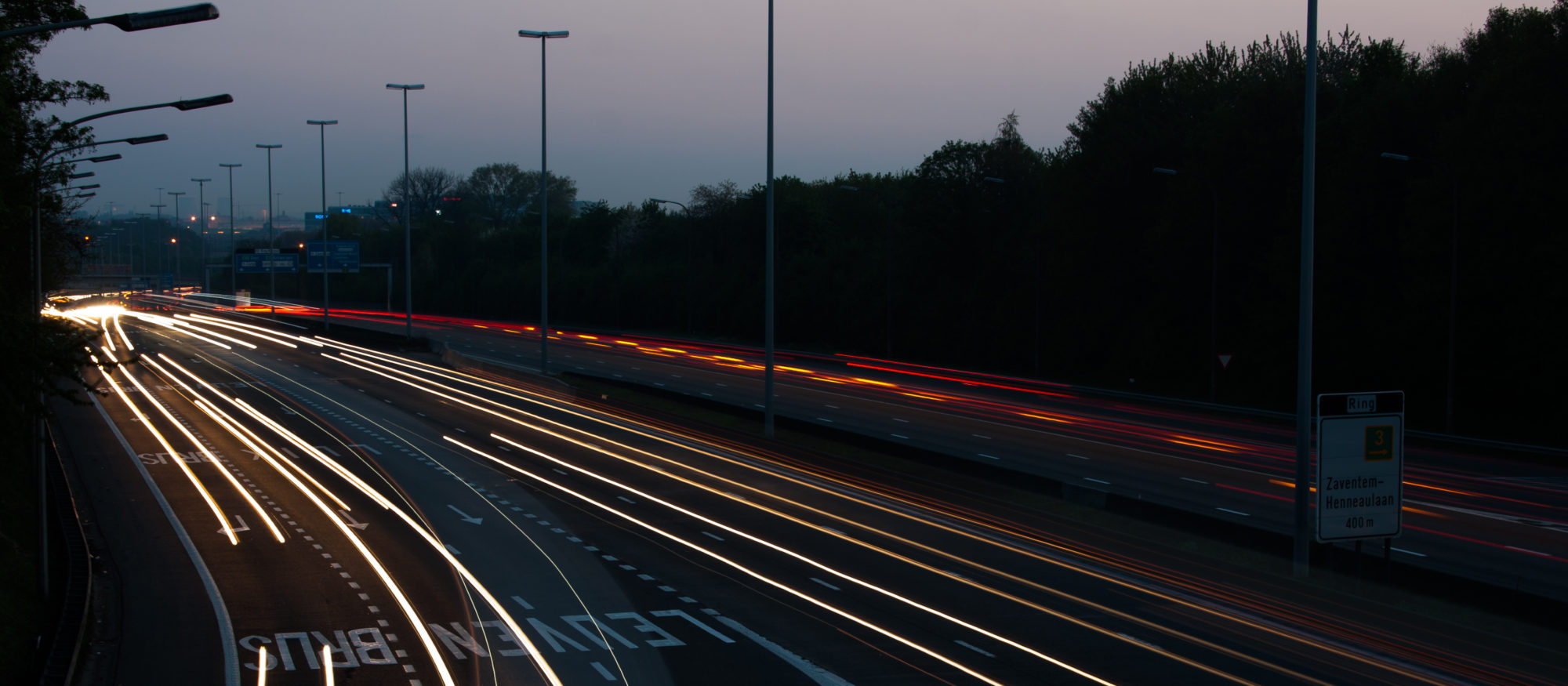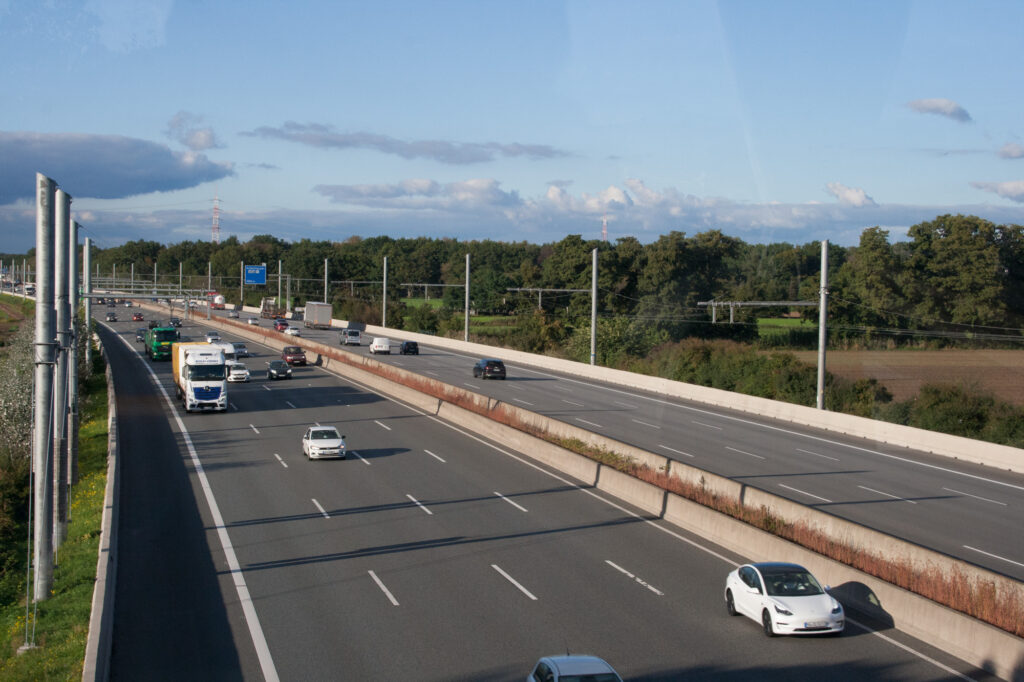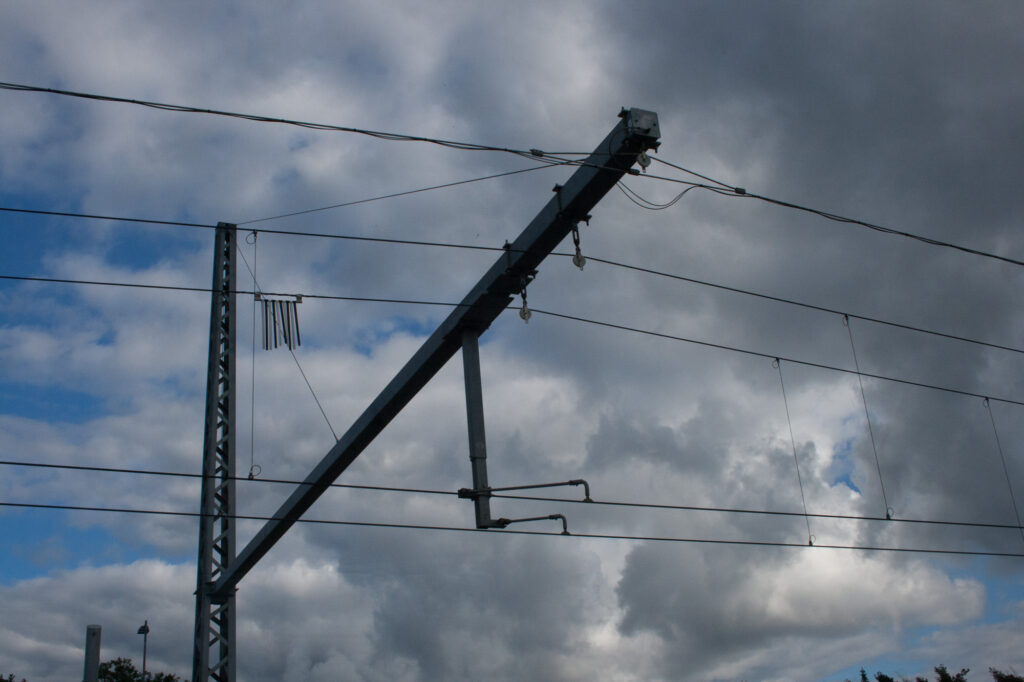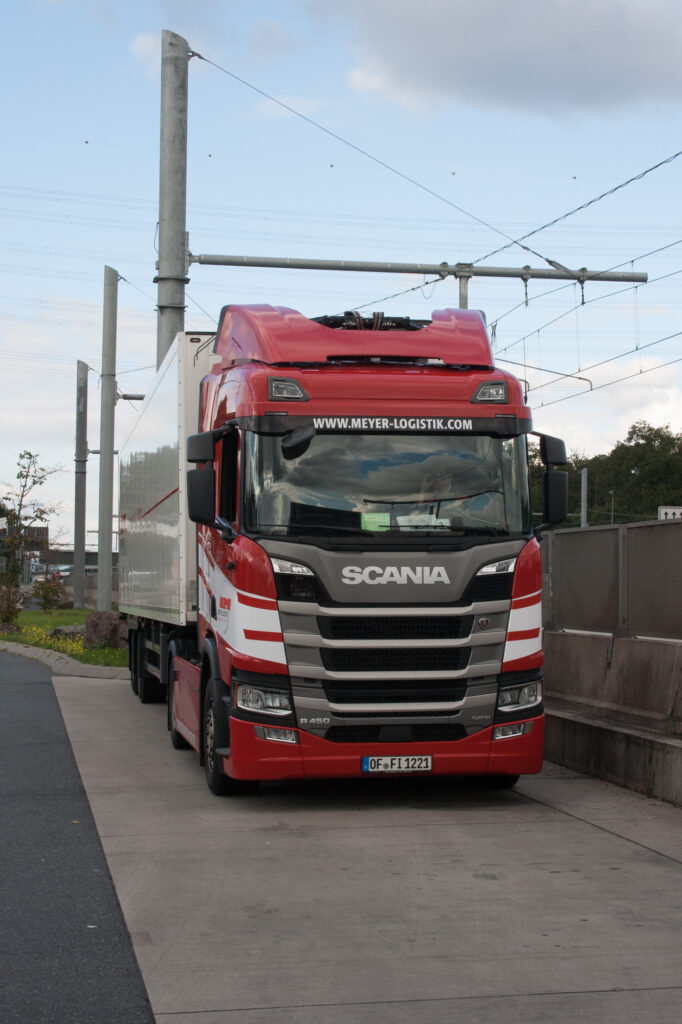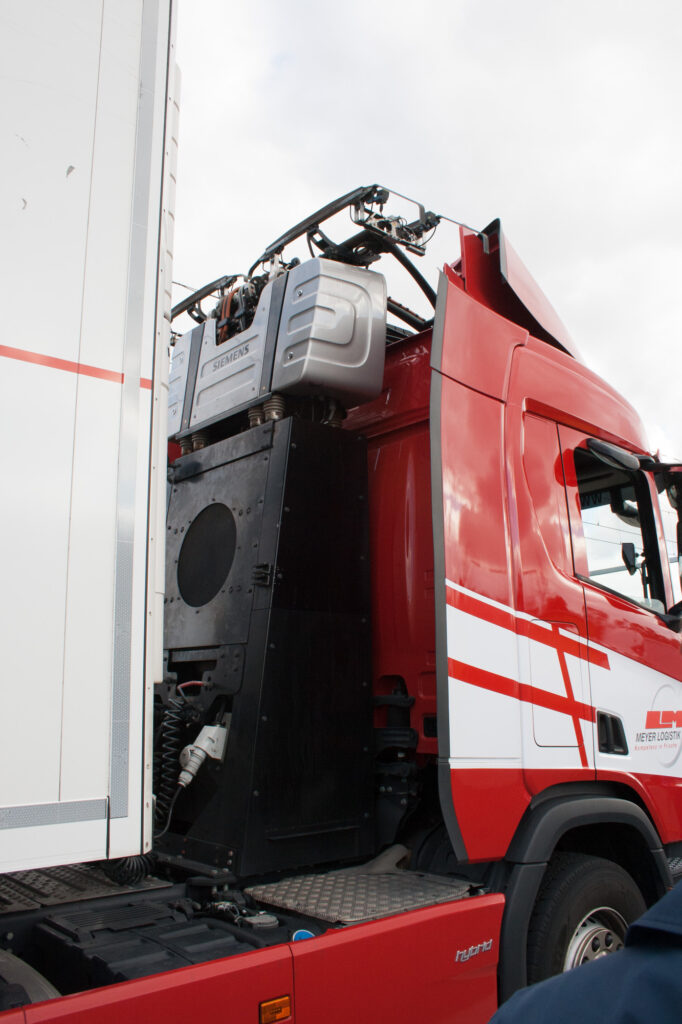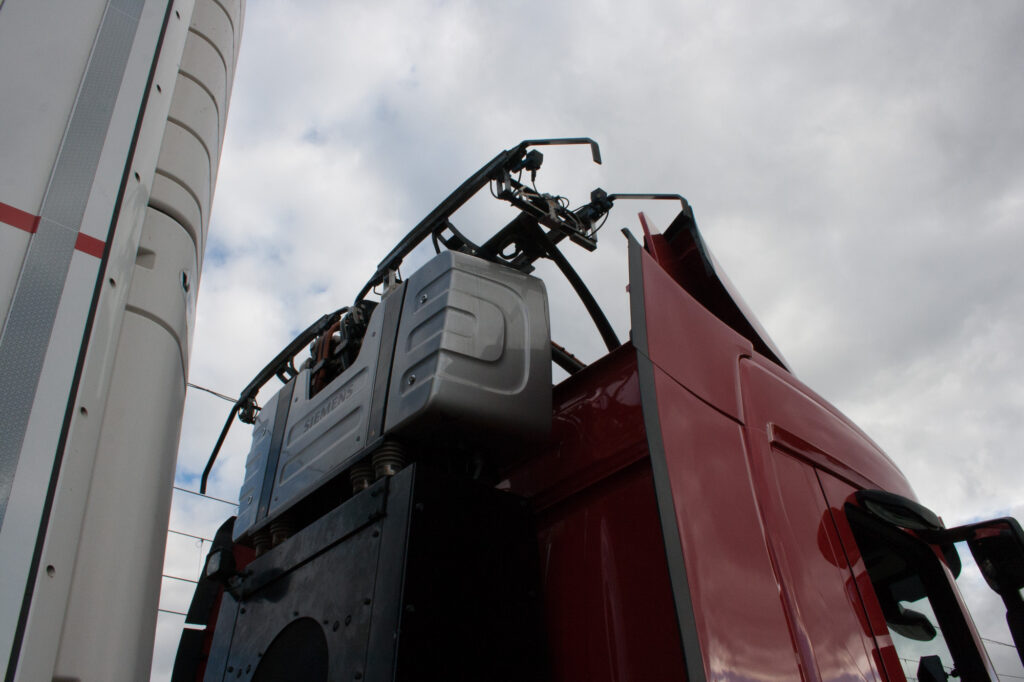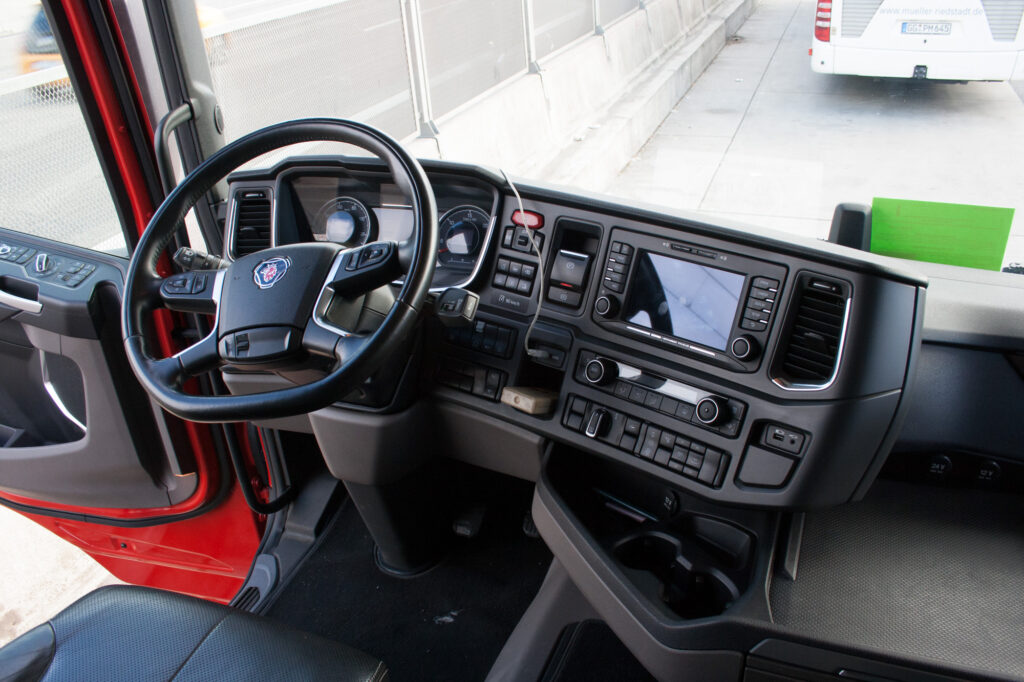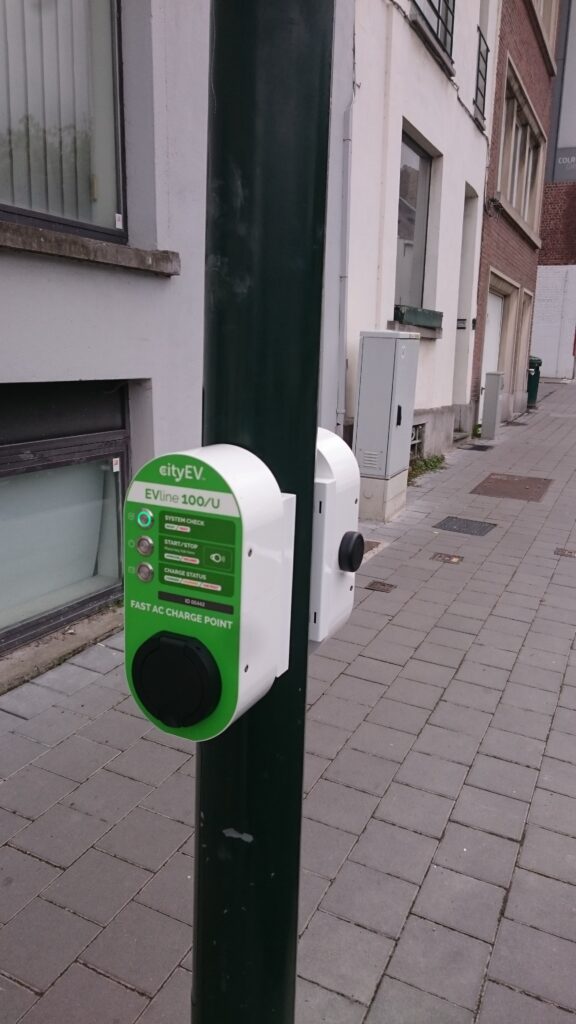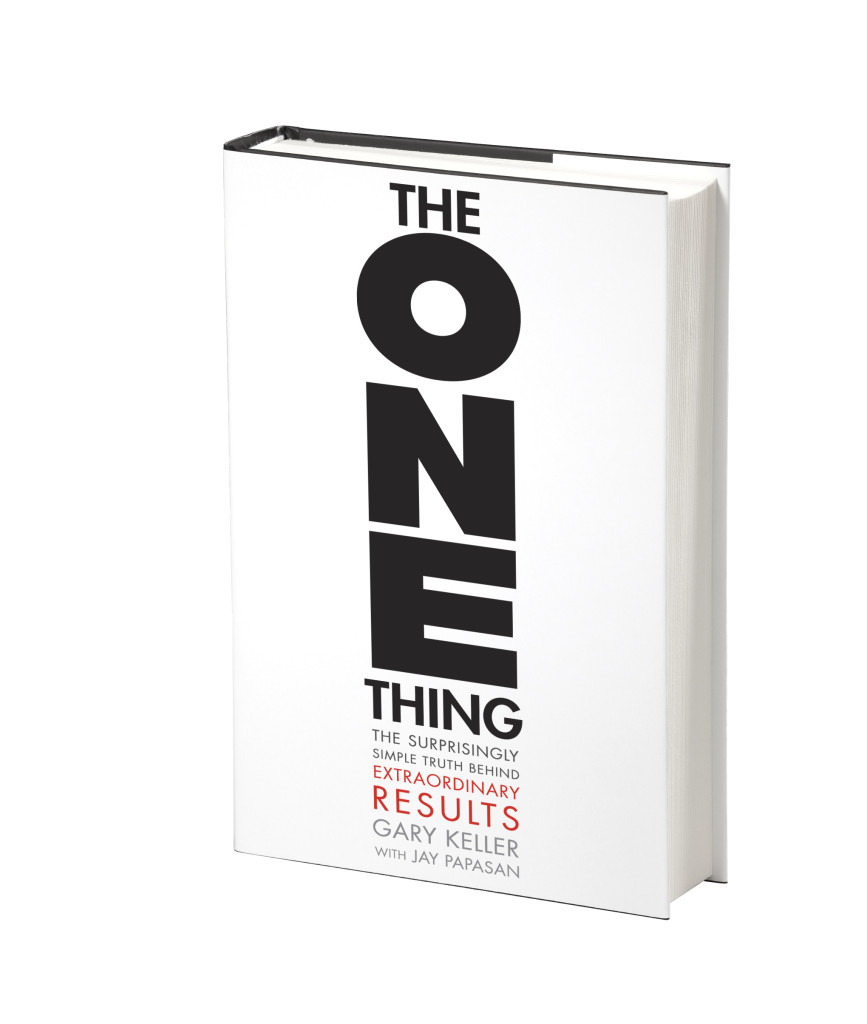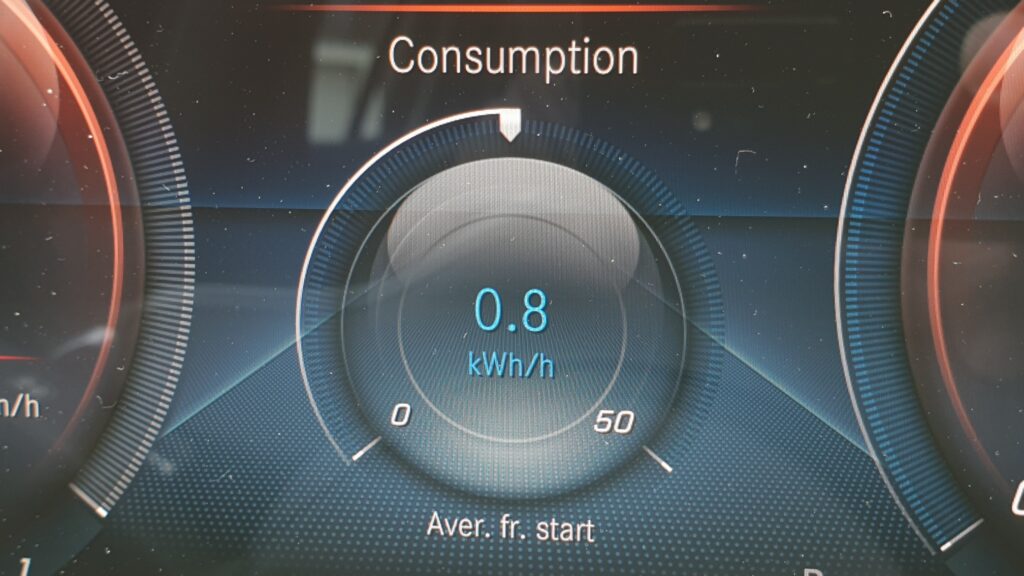Last week was exciting. I had the opportunity to join a visit of the eHighway site in Hessen near Frankfurt Airport. A strech of motorway A5 there is equipped with catenary to supply trucks with electricity for propulsion.
Currently there are only diesel hybrid vehicles in service on that part of the motorway, but it is technically possible to equip other vehicles, e.g. battery electric, hydrogen fuel cell, LNG hybrid, for use on the eHighway network. My preliminary calculations for the Logibat project show that battery electric vehicles have the biggest potential. In the project we are investigating the socio-economic impact of implementing such catenary network in Flanders, Belgium.
I am confident this technology has a bright future for decarbonising road freight.
How long will it take to arrive? I think with catenary for road transport we are in the same development stage as with electric vehicles in 2011 when the first ones existed, you could see the advantages but there was no adoption yet. Today, when buying a new car, people think strongly if they are ready to be stuck with an outdated polluting technology, not being allowed to drive in cities for the lifetime of their car. With eHighway today looks like 10 years ago with EVs. The technology and standards are almost there, the economics say it is a logical choice, but there is no wider adoption yet. I think for road freight the economic incentive is stronger. But also, the governments have a role to play to allow this to happen. I hope it takes 10 years or less.
Some photos from the trip:
